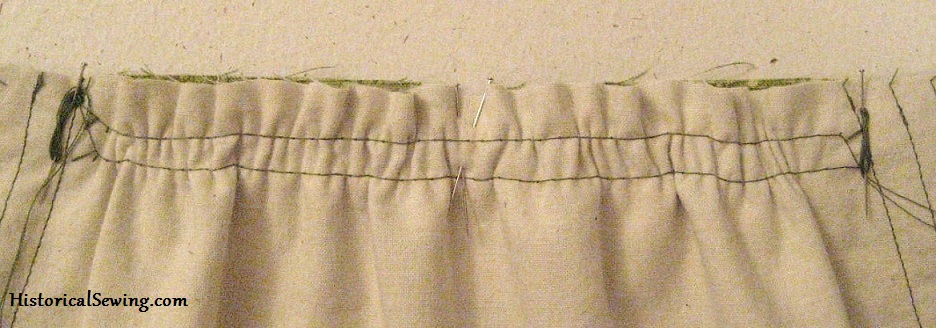I am always trying to come up with ideas on how to make my blog different and not just post my outfits or telling you the hottest things to buy for the season. I was reading another blog a couple of days ago where the writer referred to the flouncy bottom hem of her skirt as a peplum.. and it hit me. I should use what I learned in school to educate you guys on fashion/sewing/construction terms. Not that some of you don't already know these things, but there a few that would greatly benefit from learning these things. In my opinion, if you are talking about the 'mechanics' of clothing and are using the wrong terms you don't sound credible. I figured I would just start with peplum, since some of you are wondering why that was incorrect.
1. Peplum :
A peplum is a short flounce extension of a garment that falls below the waist, covering the hips attached to a bodice or jacket.
1.5 Bodice :
The part of the woman's dress covering the area of the shoulders, neck and waist. Before a piece of clothing becomes a 'shirt' or 'dress' or whatever, it is the garment bodice #1 or #2.
2. Bias :
Is the cross grain direction of a woven fabric. It is at a 45 degree angle to its warp and weft thread. When something is cut on the bias for construction it gives it more stretch and fluidity. This is done most often when draping a cowl(read on for cowl).


3. Cowl :
is the term used for the draped neckline on women's sweater, dresses, and blouses. Such as the dress above.
4. Dart:
Is a technique for giving a garment shape, in women's clothing commonly used in the bust and waist with blazers and fitted blouses or corsets. It is created by stitching a wedge shape into the fabric.

5. Gathers :
These are most commonly confused with pleats and are very different. To give this appearance you sew two lines of parallel stitches and do not finish off at the end, pull the two stitches to create the gathers. Pleats are much more complicated than this. Gathers are mostly done if you are attaching the gathered part to something else such as a bodice or yoke(see below).

6. Yoke :
A shaped piece that is part of a garment attached to usually a looser piece of a skirt or blouse. It is a structured piece that gives support to the rest of the garment.


7. Gore :
Is a shaped piece that is narrower at the top than it is at the hem, A-line or trumpet skirts are often made like this.
 |
| A classic 6 gore skirt. |
This is a inserted piece of fabric to the hem that adds fullness to skirts or blouses.

9. Pleats :
Here is where we get to the difference between pleats and gathers. A pleat is done when a piece of fabric is folded back on itself and stitched in place. Pleats are more complicated because they all have to be the same size and it takes a lot of calculating since you are starting out with a much larger piece and in the end it has to be the correct size.
 |
| this one makes my head hurt! |
10. Seam Allowance :
I'm going to assume we all know what a seam is. The seam allowance is the amount of fabric between the stitch line and the very edge of fabric. If you need to alter a piece of clothing by letting it out, taking a look at the seam allowance will let you know if that's possible, the more the better for letting something out.

11. Serging :
This is the term for the binding off of fabric edges so they don't fray. It is also definitely the hardest machine to use in sewing if using a serger machine, in my opinion.
 |
| An industrial version of the machine, nowadays they are less complicated and much smaller if you want one for your home. I hope some of you found this useful or interesting, when I was in school I couldn't get enough! I loved being able to create something out of nothing and you all can as well. There are pre printed patterns you can purchase and it tells you everything you need it also provides in-depth instructions. You can find those here! Thanks for reading! |

Thanks very much very educative
ReplyDelete